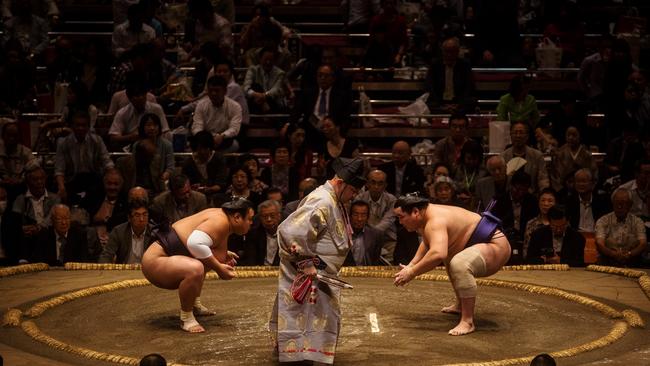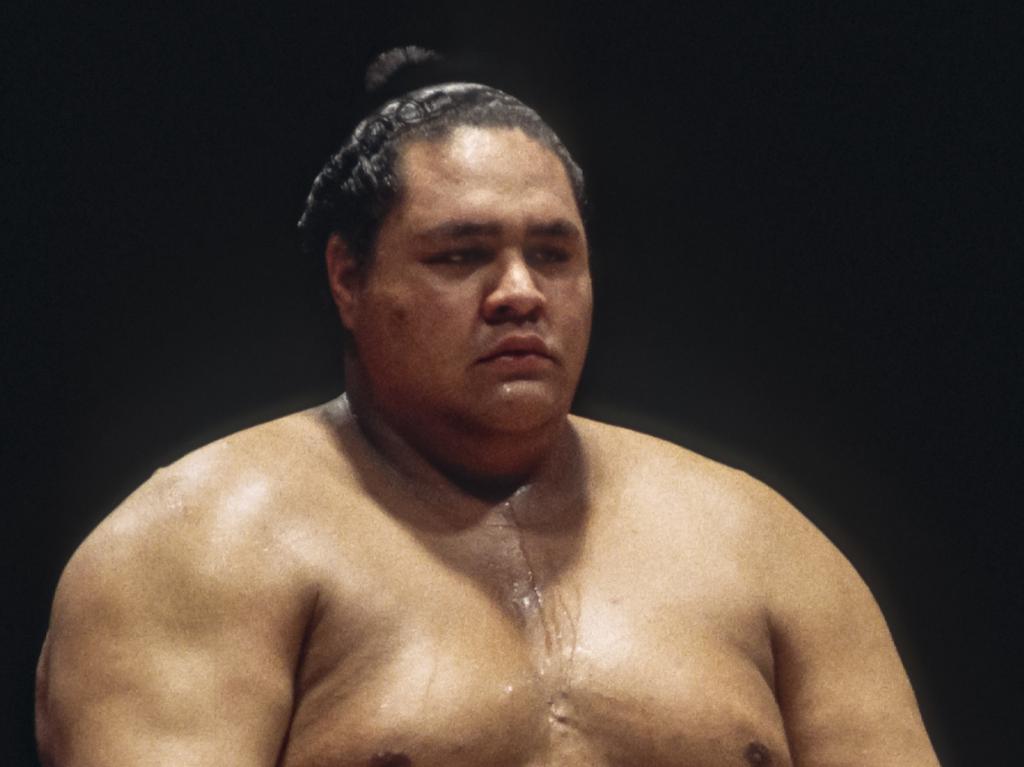How supersize lifestyle has led to crisis in Sumo
Contestants’ incredible bulk and a lack of medical care are putting the ancient Japanese sport at risk.

The ancient Japanese sport of sumo wrestling is facing a crisis as many of its top wrestlers succumb to injuries caused by the strain imposed on their bodies by their immense bulk.
At least two fighters from the sport’s top division have dropped out of the autumn tour due to injury and poor health - common ailments can include arthritis, diabetes and spinal injury. One sumo star has retired for good in his twenties after physical collapse brought on by the pressures of the sport.
The high attrition rate has prompted calls for doctors to be on hand at sumo matches and for weight limits to be introduced to halt the trend among wrestlers to rely on sheer bulk, rather than technique.
“I’m burnt out - I’ve run out of physical and mental energy to go for grand champion,” said Takakeisho, a former holder of the sport’s second highest rank, in a tearful announcement of his retirement last month after injuries to his feet, knees and neck.
Takakeisho, 28, who was stripped of the title of ozeki, or champion, because of the decline in his performance, said: “I’ve strived for it as much as I could but I ... felt it was time to give up.”

The sport’s current grand champion, Terunofuji, 32, is out of action suffering from injured ribs and arthritis in his knee, which have hindered the exercise necessary to alleviate his diabetes.
“His blood-sugar level won’t go down,” his stable master, Isegahama, said. “He hasn’t been able to exercise because of his bad knees. If he can work up a sweat, his blood sugar will go back down.”
Another wrestler, Enho, suffered a serious spinal cord injury caused by the impact of his head against that of his opponent, a move with which many sumo bouts begin.

Rikishi, as sumo wrestlers are called, have always suffered sprains and bruises but several factors have contributed to the rise in serious and career-threatening injuries. More wrestlers are continuing to fight after the age of 30, increasing the wear on their joints and adding to the risk of injury.
They are also bigger than ever. In 1950, the average rikishi was under 110kg; today he is over 160kg. “If you look at sumo 40 years ago - they looked like athletes,” Shuhei Mainoumi, a former wrestler, who is now a commentator on Japan’s NHK television, said. “Now there’s an assumption that a rikishi has to carry a lot of weight.”
One proposal is that an upper limit be set for a wrestler’s body mass index or BMI. “I think a sumo wrestler’s BMI should be between 40 and 43, so it’s a good idea to have a rule that says it can’t exceed 45,” Takehiko Daiguji, a coach, said. “Anything more than that puts them at a higher risk of injury due to being overweight.”

A BMI of above 23 is classified as overweight. At a height of 175cm and weighing 165kg, the recently retired Takakeisho has a BMI of 53.9.
The traditional character of sumo, which is as much an expression of Japanese culture as an athletic pursuit, means that it does not engage with expert practitioners in medicine and nutrition as much as other sports.
“In 2024, it’s incongruous to see professional sumo wrestlers still wolfing down large meals that are high in sodium and processed sugar at all hours of the day and night,” John Gunning, the sumo correspondent of The Japan Times, wrote. “While the use of gyms and weight training has increased, often it’s ad hoc with no scientific basis for what exercises are done where and when.”
During tournaments, it is not even routine to have a doctor standing by alongside the ring. “Doctors should be there,” Kazuo Isayama, a neurosurgeon, told the Asahi newspaper. “The frightening thing about head injuries is that they can damage the brain. A second collision immediately after a blow to the head can be fatal.”
The Times





To join the conversation, please log in. Don't have an account? Register
Join the conversation, you are commenting as Logout